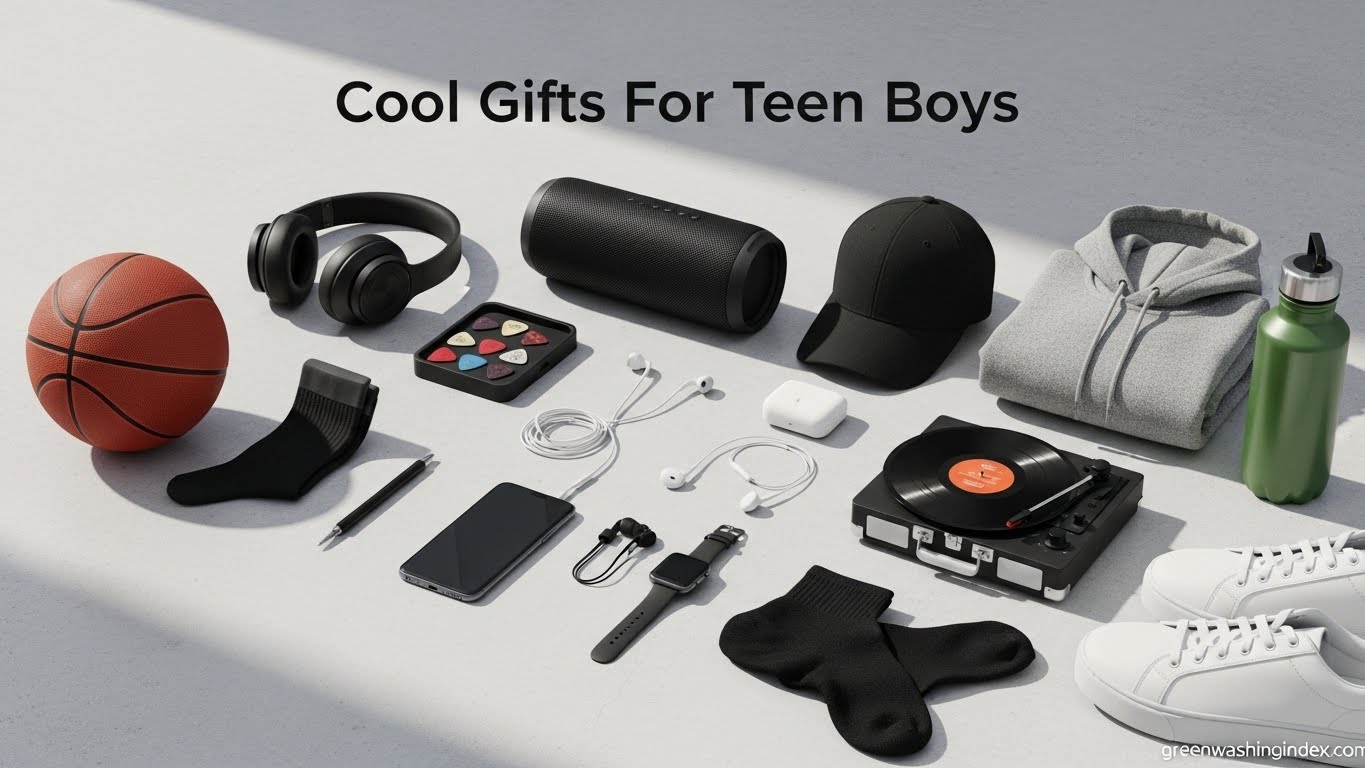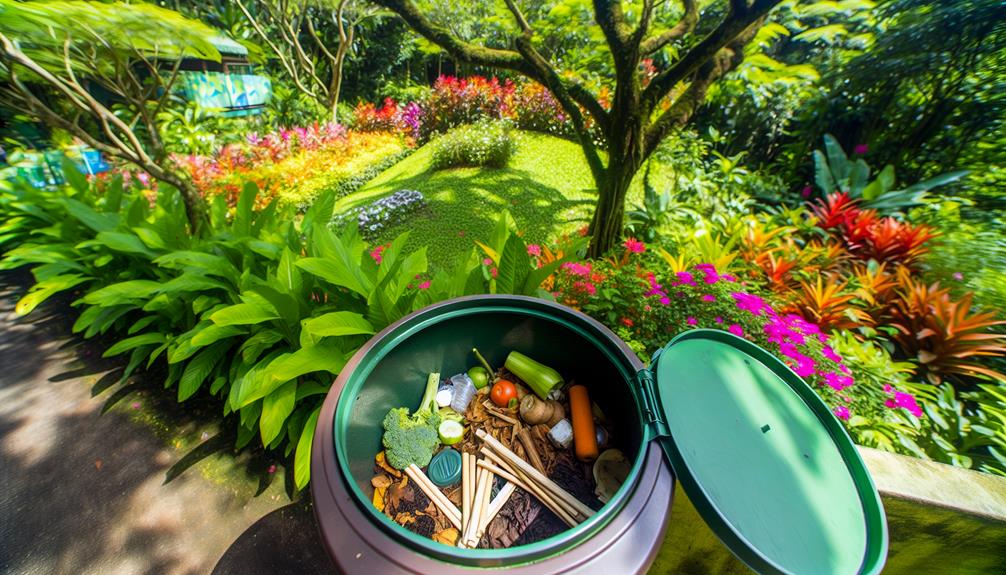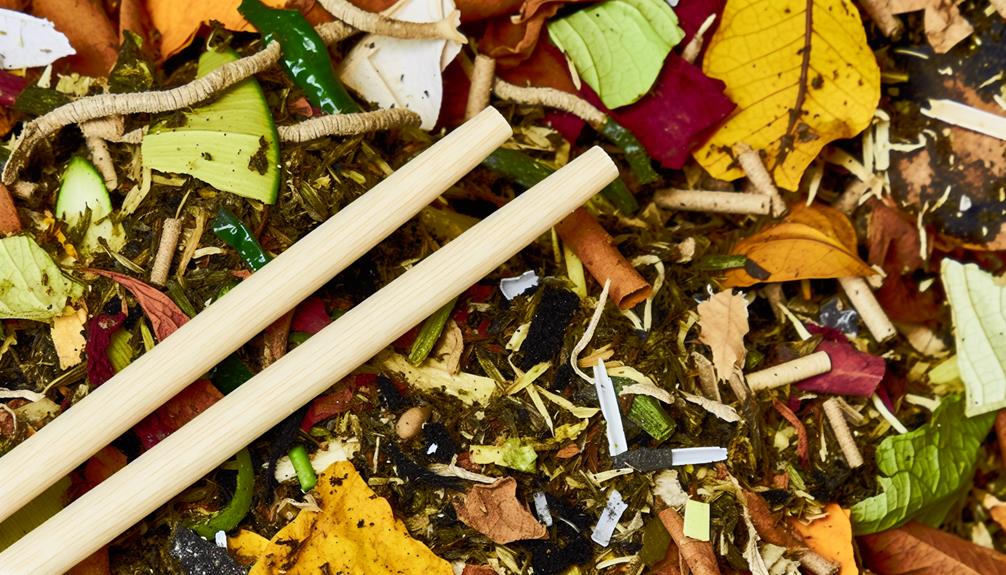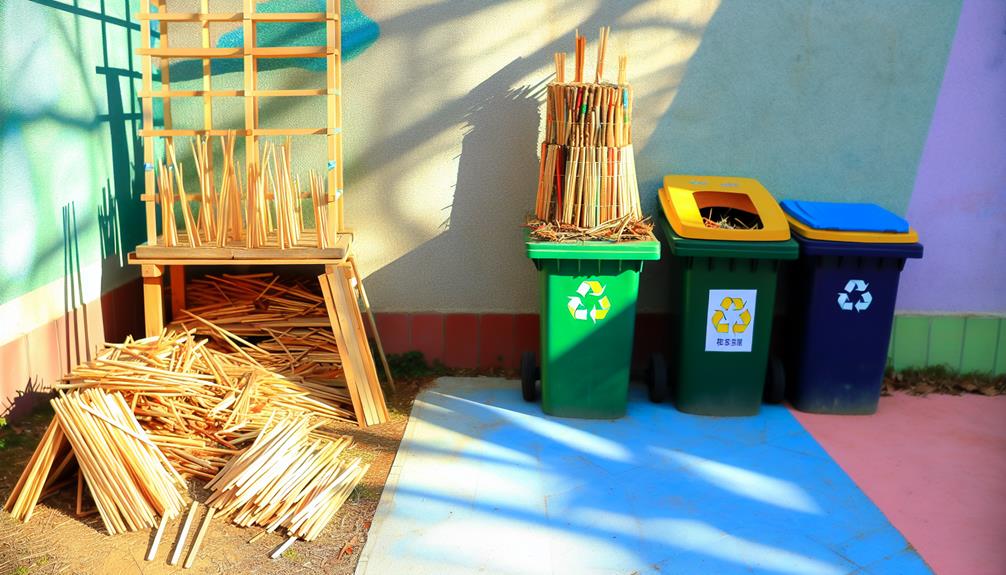

You can compost chopsticks, but make sure they’re made of untreated wood or bamboo. Avoid chopsticks with any varnish, paint, or chemical treatments, as these can harm your compost. It’s helpful to break them into smaller pieces to speed up their decomposition. Remember to clean and dry them before adding them to your compost pile.
Chopsticks made of materials like metal, plastic, or ceramic should not be composted. Properly composted chopsticks enrich the soil and reduce landfill waste. For other sustainable disposal methods and more composting tips, continue exploring additional resources.
Did you know there are various types of chopsticks made from different materials? Understanding these types can help you make informed choices about sustainability and cultural traditions.
Chopsticks have a rich history, dating back over 5,000 years in China. Initially, they were crafted from simple material sources like twigs and bones. Over time, the materials evolved to include wood, bamboo, metal, and even plastic.
Wooden chopsticks often come from trees such as pine or cedar. They’re popular for their lightweight feel and ease of use. Metal chopsticks, typically made of stainless steel or silver, are common in Korea. They’re durable and reusable, making them an eco-friendly choice. Plastic chopsticks, while affordable and widely available, aren’t biodegradable and pose environmental concerns.
Ceramic and porcelain chopsticks are less common but are valued for their aesthetic appeal and durability. They’re often used for special occasions. Each type of chopstick reflects the unique material sources and cultural preferences of the region they come from.
When deciding between wooden and bamboo chopsticks, it’s important to take into account their environmental impact and usability. Both materials have their unique attributes rooted in their material origin and chopstick history, but they offer different benefits.
Wooden chopsticks are typically made from trees such as birch or aspen. They’re often disposable, which means they can contribute to deforestation if not sourced sustainably. On the other hand, bamboo chopsticks are made from bamboo, a highly renewable resource that grows much faster than trees, making them a more eco-friendly option.
Consider these points when choosing between wooden and bamboo chopsticks:
Understanding these factors will help you make a more informed decision and feel connected to a community that values sustainability.
Also Read: Can You Compost Broad Beans?
Potential contaminants in chopsticks can impact both your health and the environment, making it important to understand what substances might be present. Many chopsticks undergo chemical treatments to enhance durability or appearance. These chemicals, such as bleaches and dyes, can leach into your compost and disrupt the natural decomposition process.

Additionally, the presence of these chemicals can introduce toxins into your garden soil, potentially harming plants or even entering the food chain. You should also be aware of the environmental impact of these contaminants. Chemical treatments used in manufacturing chopsticks can pollute water sources and harm wildlife when they break down.
This pollution doesn’t just stop at your compost pile; it can extend to broader ecosystems if not managed properly. To minimize these risks, look for chopsticks labeled as untreated or made from organic materials. Avoid using chopsticks that seem overly polished or have a strong chemical odor.
With an understanding of potential contaminants, you can now focus on properly prepping your chopsticks for composting. Prepping is vital to make sure your compost pile remains healthy and uncontaminated.
Here’s how you can do it:
First, check if the chopsticks have any finishes. Many disposable chopsticks come with a layer of varnish or paint that can be harmful to your compost. Removing finishes is essential. You can sand the chopsticks lightly to eliminate any coatings.
Next, focus on cleaning chopsticks. Wash them thoroughly to remove any food residues that might attract pests or slow down the composting process. Use a mild soap and warm water, then let them dry completely.
For better composting, consider breaking the chopsticks into smaller pieces. This increases their surface area, speeding up decomposition.
Here’s a quick checklist:
To start composting chopsticks, you need to understand how organic matter breaks down.
Guarantee your compost has the right balance of green and brown materials, moisture, and aeration.
This creates ideal conditions for microorganisms to thrive and transform your chopsticks into nutrient-rich compost.
Understanding the composting process means recognizing how organic matter, like chopsticks, breaks down into nutrient-rich soil. The decomposition rate of chopsticks depends on several factors, including their material and the presence of microbial activity.
Microorganisms such as bacteria and fungi play an essential role in breaking down organic matter. They feed on the carbon and nitrogen in chopsticks, ultimately converting them into compost.
Here are key aspects to take into account when composting chopsticks:
Creating the ideal compost conditions means balancing moisture, temperature, and organic materials to foster efficient decomposition. To start, you’ll need to manage temperature control. Compost piles should ideally maintain a temperature between 135°F and 160°F. This range guarantees that microorganisms break down materials effectively, including those pesky chopsticks. Too low, and decomposition slows down; too high, and you risk killing beneficial microbes.
Next up, moisture regulation is key. Your compost pile should be as damp as a wrung-out sponge. Too dry, and the decomposition process halts. Too wet, and you’ll invite unwanted odors and pests. Regularly turning your pile helps maintain this balance, ensuring even distribution of moisture and oxygen.
Incorporate a mix of green and brown materials to provide necessary nutrients. Greens (like vegetable scraps) offer nitrogen, while browns (like dried leaves and even chopsticks) provide carbon. Chopsticks, being a brown material, need to be broken down into smaller pieces to speed up their decomposition.
Also Read: Can You Compost Branches?
If you notice your composting chopsticks aren’t breaking down as expected, there are a few important issues you might need to address.
Making sure that your compost bin functions efficiently can make a significant difference in decomposition rates. Here are some potential problems and solutions to help you out:
When you’re not composting chopsticks, consider the recycling options available in your area, as many recycling centers accept wooden utensils.

You can also get creative and reuse them for craft projects or as garden markers.
If those options aren’t feasible, make sure to dispose of them properly in your trash to minimize environmental impact.
Instead of tossing chopsticks in the trash, you can explore various recycling options that give them a second life. By choosing these eco-friendly methods, you support sustainable sourcing and eco-friendly manufacturing practices.
Here are some practical ways to recycle chopsticks:
Transform your used chopsticks into practical and creative items with these innovative reuse ideas. Instead of tossing them, you can repurpose chopsticks into unique DIY crafts that add a personal touch to your home and garden.
One great idea is to create garden markers. Simply clean and sand your chopsticks, then use permanent markers or paint to label them with the names of your plants. Stick them into the soil next to your herbs, flowers, or vegetables, and you’ll have stylish, eco-friendly markers that help you keep track of your garden’s layout.
Another fun project involves making simple yet elegant picture frames. Arrange and glue chopsticks together in a square or rectangular shape, then add a backing and your favorite photo. This rustic frame can be a charming addition to your home decor.
Additionally, chopsticks can be used to craft small organizers. Bind several chopsticks together using string or adhesive to create compartments for your desk or kitchen drawers. These DIY crafts not only reduce waste but also help you stay organized and creative.
One effective alternative to throwing away chopsticks is composting them, as long as they’re made from natural, untreated wood. This method helps minimize landfills’ impact by reducing the volume of waste that ends up in them.
However, there are other ways to handle chopstick disposal responsibly if composting isn’t an option for you.
Consider these alternative disposal methods:
Also Read: Can You Compost Ash?
Composting chopsticks not only reduces waste but also enriches your soil with valuable nutrients. By incorporating used chopsticks into your compost bin, you’re contributing to a positive environmental impact. These wooden utensils break down naturally, adding organic matter that enhances soil enrichment. This process helps your garden thrive, providing plants with the necessary nutrients to grow strong and healthy.
When you compost chopsticks, you’re actively reducing landfill waste. Every small action counts, and by diverting these wooden items from the trash, you’re making a meaningful contribution to sustainability. The breakdown of chopsticks in compost promotes aeration and moisture retention in the soil, which is beneficial for plant health.
Additionally, composting chopsticks is straightforward. Simply break them into smaller pieces to speed up decomposition, then mix them with other compostable materials like fruit peels, vegetable scraps, and coffee grounds. Make sure your compost pile stays moist and aerated by turning it regularly.
Over time, the chopsticks will break down and become a part of nutrient-rich compost you can use in your garden.
You shouldn’t compost painted chopsticks because paint toxicity can harm your compost. Chemical leaching from the paint can contaminate the soil, making it unsafe for plants. Stick to unpainted chopsticks to keep your compost clean and healthy.
Chopstick materials greatly influence decomposition factors. Bamboo chopsticks might take a few months to a year to decompose in compost, while plastic ones won’t break down. You’ll need to take these factors into account for eco-friendly composting.
When considering chopsticks decomposition, you might wonder about their pH impact on compost. Don’t worry, they don’t markedly alter the pH level, making them a safe addition to your composting community.
You’re wondering if chopsticks attract pests to your compost pile. For effective pest prevention and pest control, make sure chopsticks are clean and broken down properly. This helps maintain a welcoming, pest-free composting community.
When considering eco-friendly options, you’ll find certification bodies like FSC and BPI guarantee chopsticks meet environmental compliance standards. Choosing certified products means you’re supporting sustainable practices and joining a community that values our planet.
To compost chopsticks effectively, separate wooden and bamboo types, and remove any contaminants. Before adding them to your compost, break them into smaller pieces for faster decomposition.
Understand the basics of composting: balance green and brown materials, maintain moisture, and turn the pile regularly. If issues arise, adjust your compost mix accordingly.
Should composting not be feasible, explore alternative disposal methods. By composting chopsticks, you reduce waste and enrich your soil, benefiting the environment.
